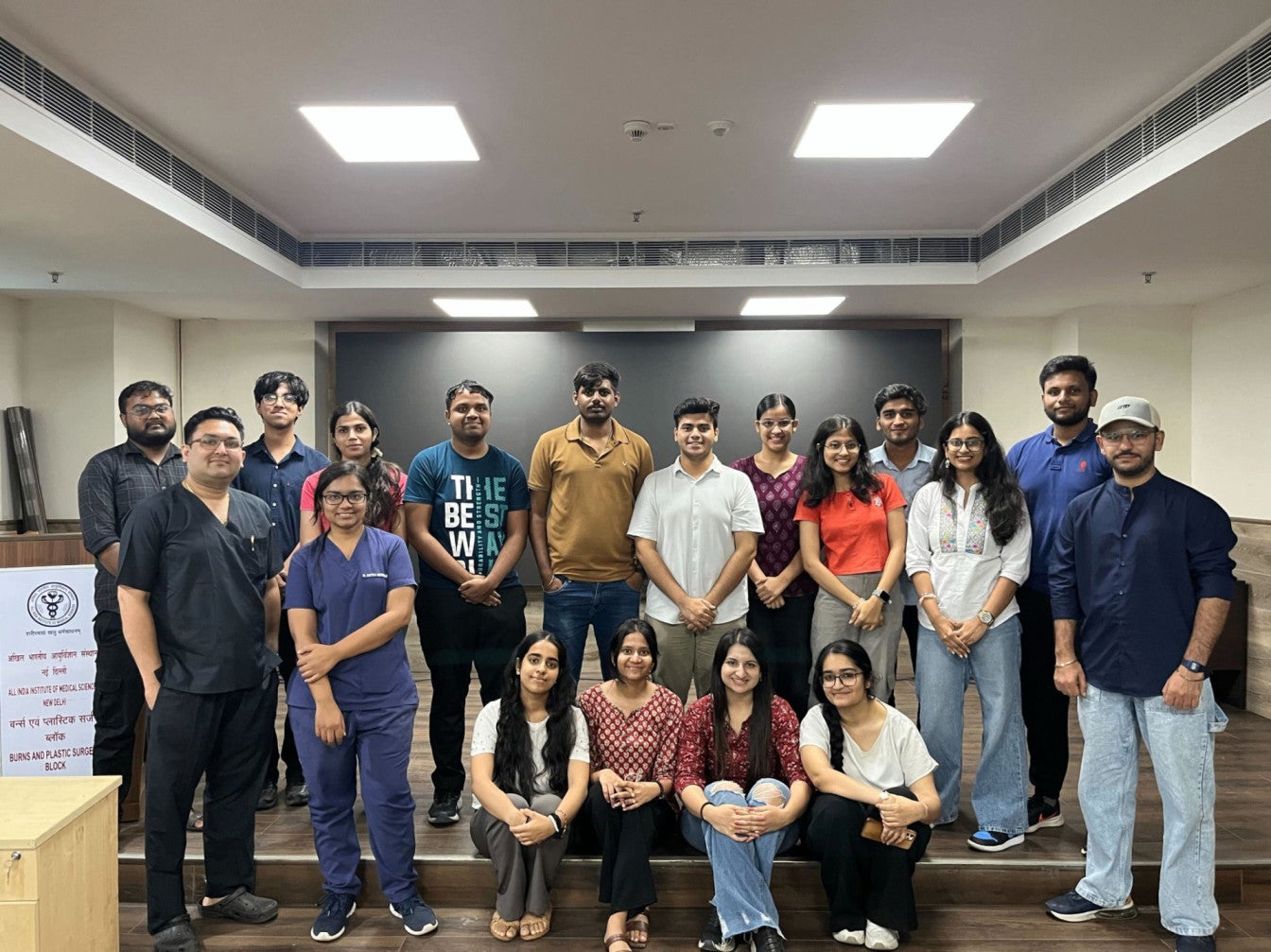The Quiet Heroes in Chaos
Eye-opening insights from AIIMS Trauma Centre, exposing the critical gaps in India's post-crash emergency care system and calling for urgent reforms, from training rickshawalas to building a unified ambulance command.
Last week the Crashfree India team visited the JPN Apex Trauma Centre at AIIMS Delhi, India's only Level-1 trauma hospital of its kind. What we saw there was both inspiring, and a brutal wake-up call.
Inside the trauma centre, there's a strange, heavy calm. But just beneath it, the pace is relentless: 125–175 patients a day, over 70,000 a year. Most of them are road crash victims.
Two things stood out immediately:
- AIIMS has just 2–3 pre-care coordinators managing emergency calls and prepping protocols before a patient arrives. It's a rare system in India, virtually absent in most trauma centres.
- They use a color-coded triage system, to distinguish life-threatening injuries from stable but serious cases. It's such a simple tool, but absolutely vital during a surge of patients.
Now here's the part that hurts: State hospitals across India rarely have either of these systems in place, even when facing similar trauma loads.

Unlikely Heroes at the Frontline
As highlighted, the majority of road crash victims are brought in by rickshawalas. Not the police or ambulances, but rickshawalas. They are everyday heroes. But almost none of them have any first-aid training.
That means India's emergency response system is, in some ways, dependent on goodwill and luck. Bystander training and timely help in case of road accidents are of crucial importance. Countless lives could be saved if rickshawalas, auto drivers, and delivery workers were trained in basic first aid and golden hour protocols.
We Don't Just Need Ambulances, We Need Systems
Currently, there is no central command system for ambulances or pre-medical services available in India. This results in a chaotic system wherein patients often get rerouted or delayed due to miscommunication.
A unified emergency system, not just a number, but an entire tech-enabled command structure is the need of the hour. For example, GPS-linked ambulances, live hospital bed tracking, dispatch AI. A redesigning of the system is required instead of continuous efforts aimed at patching a broken system.
The Golden Hour is Real, But We're Wasting It
Every second counts after a crash. But often, care is not provided in a timely manner at every step:
- Untrained bystanders freeze or flee.
- Ambulances arrive late or don't at all.
- Hospitals deny treatment without papers or money, despite the Right to Emergency Care being guaranteed under Indian law.
Preventive measures such as first-aid in schools, mass bystander training, awareness drives for Good Samaritan protections, and emergency kits in every public place, equipped with spine boards, splints, and proper trauma gear should be implemented.
Final Takeaways
Walking out of AIIMS, two different emotions arose: pride, because we do have institutions like AIIMS that are pushing boundaries. And pain, because so many parts of India don't even have access to the basics.
We can't build a Crashfree India unless we fix what happens after a crash.
We need systems, training, compassion, and courage.
I'm just one citizen. But I refuse to be silent. Because someday, someone I love could be in that trauma bay. And maybe, so could someone you love.
Let's make sure we're ready when that day comes.
Loved this article?
Hit the like button
Share this article
Spread the knowledge
More from the world of CARS24
When Lives Collide
Road accidents involving animals have become an alarming feature of Indian roads, claiming hundreds of lives each year.
Stars Behind the Steering Wheel: Decoding Bharat NCAP
Bharat NCAP is a leap forward, but not the finish line. Real safety is shaped by lived realities: crowded crossings, blind turns, and highways where trucks, bikes, and cars share space.
The Real Consequences of Not Paying Challans
When you find ways around paying your challans, you are unwittingly perpetuating a system that is detrimental to your and your loved ones’ wellbeing.